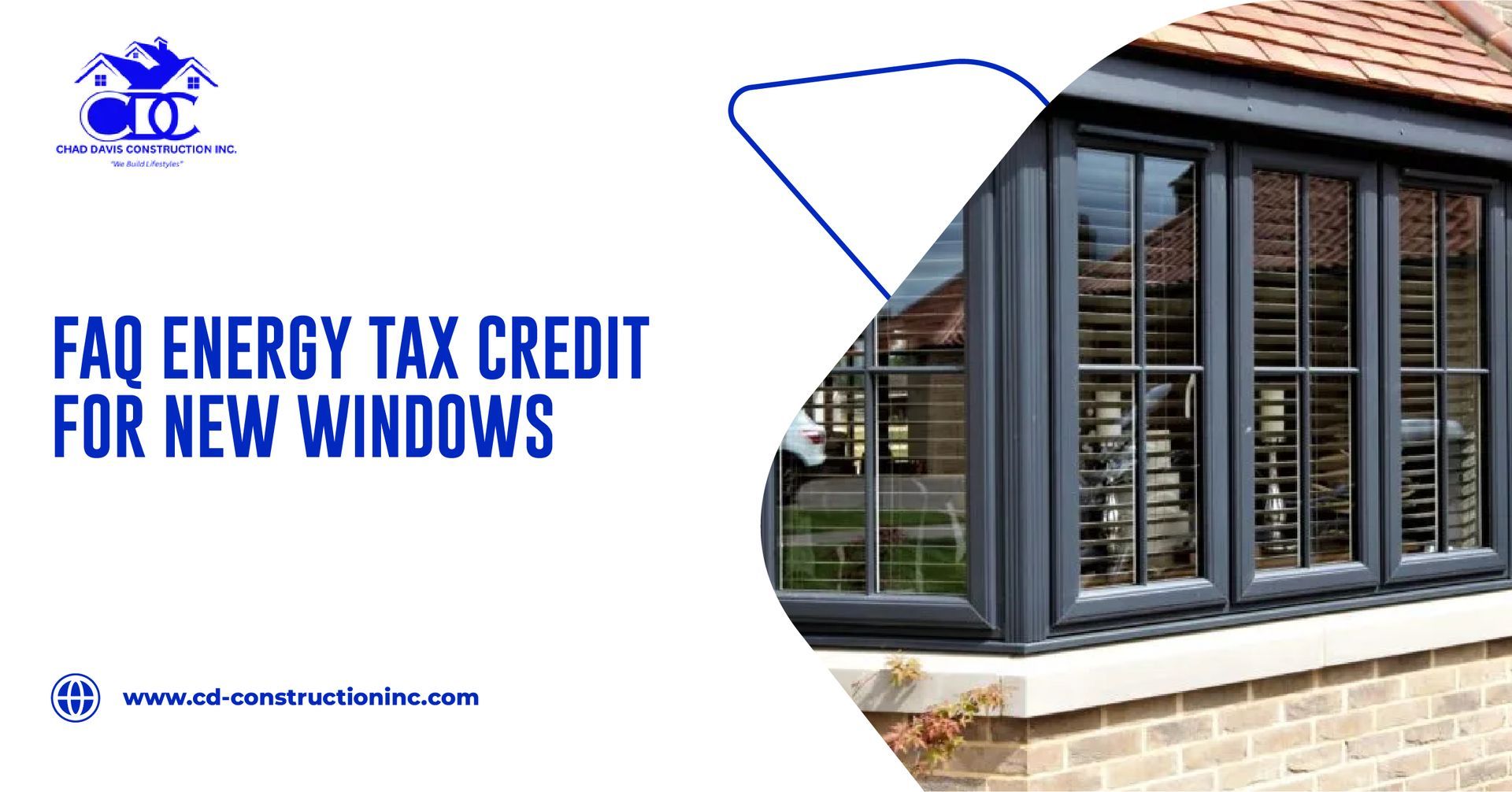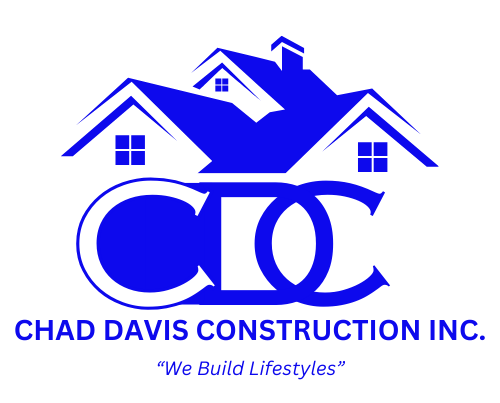Common Kitchen Remodeling Mistakes (and How to Avoid Them)
One of the most satisfying jobs you can do in your home is a kitchen remodel. Your home gets more valuable and becomes more functional, not to mention you get to live in it every day. However, that’s also one of the most challenging renovations, rife with opportunities to spend (and fail) a lot of money, go over budget, or find yourself way behind schedule, enduring long-term regrets.
Even a total kitchen makeover aimed at revitalizing your kitchen is a time, money, and hassle saver if you know what the most common kitchen remodeling mistakes others have made and avoid them yourself. These are the most common pitfalls homeowners fall into, along with tips on how to prevent them, outlined below.
1. Neglecting the Kitchen Workflow
Many people tend to forget that the best kitchens are planned so that the sink, stove, and refrigerator are easily accessible from each other. Every efficient kitchen depends on these three points. Good placement and distance between your utensils are important, so you can cook with pleasure.
Often, designers place appliances a considerable distance from a pantry or install them in cabinetry that doesn’t allow people to walk behind. Misunderstanding can be prevented by applying these methods.
Try to position the main kitchen items according to the work triangle guideline. Ensure the different elements are neither too close nor too spread out. A tripod best suited for use has legs that are 4 to 9 feet long. Get a kitchen designer to help you create the most practical and efficient way to use the kitchen.
2. Forgetting About Storage
You can quickly become distracted by the attractive counters and sleek lighting. However, if you ignore storage, you’ll be disappointed each time you want to store pots, pans, or any small appliances.
Common Mistake: Choosing style over substance, resulting in too few cabinets or shallow drawers.
How to avoid it:
Design with function in mind. Use every inch strategically:
- Install deep drawers for cookware
- Add pull-out pantry shelves
- Use vertical wall space for hanging storage
- Consider lazy Susans or corner drawers for awkward spaces
Planning for storage during the design phase avoids expensive additions or adjustments later on.
3. Underestimating the Budget
It’s a classic blunder: starting a remodel with only a rough estimate in mind and no buffer for surprises. Kitchen remodels are notorious for hidden costs, such as plumbing issues, electrical upgrades, permit fees, or upgraded finishes.
Common Mistake: Creating a budget based only on materials and forgetting about labor, delivery, or unexpected problems.
How to avoid it:
- Set a realistic budget early on
- Allocate 15–20% as a contingency fund
- Itemize everything from demolition to final installations
- Get multiple quotes from contractors to compare prices
Sticking to a detailed financial plan ensures you won’t run out of money before the project’s finished.
Looking to avoid costly kitchen renovation pitfalls?
Explore our
Kitchen Remodeling Services in Clemmons, NC for expert planning, custom layout solutions, and budget-friendly upgrades tailored to your lifestyle.
4. Skimping on Lighting
A beautifully remodeled kitchen can still feel dull if lighting is an afterthought. One central ceiling fixture just doesn’t cut it anymore.
Common Mistake: Relying on a single light source or forgetting under-cabinet lighting.
How to avoid it:
Layer your lighting for beauty and function:
- Ambient lighting: Ceiling fixtures or recessed lighting
- Task lighting: Under-cabinet strips, pendant lights over islands
- Accent lighting: Cabinet lighting, toe-kick lights, or LED shelves
Good lighting improves visibility, safety, and ambiance—especially in kitchens where you chop, stir, and serve.
5. Choosing Trend Over Timelessness
Colors that are in style now may lose their popularity in a few years; the same goes for creative tiles and open shelving. Adding the latest fashions to oversized items may prevent buyers from liking your house or require you to do further renovations later.
Common Mistake: Picking overly trendy materials or designs for cabinets, countertops, or backsplashes.
How to avoid it:
- Use timeless colors and finishes (e.g., whites, grays, natural wood tones) for major elements
- Incorporate trends in easily changeable items like lighting, hardware, wall paint, or décor
- Ask yourself if you’ll still love the look 10 years from now
Strike a balance between trend and tradition to create a kitchen that remains beautiful and relevant over time.
6. DIYS - Complex Work Without Expertise
Thanks to the abundance of online guidance, many users are confident enough to manage tasks they are not qualified to do. Although there are parts you can handle by yourself in a remodel, working with electricity, gas, plumbing, or making structural changes is best left in the hands of professionals.
Common Mistake: Taking on advanced projects without experience, leading to safety issues or code violations.
How to avoid it:
Know your limits. Hire licensed professionals for complex tasks, especially those requiring permits. A poorly done DIY job can end up costing you more in corrections and future problems than hiring an expert from the start.
7. Ignoring Ventilation
It is beneficial to ventilate because it eliminates cooking smells, while also making the air cleaner and reducing moisture and grease in your home. A lack of ventilation in the kitchen can lead to mold growth, damaged paint, and health issues over time.
Common Mistake: Skipping a quality range hood or failing to vent it outside.
How to avoid it:
Invest in a high-quality range hood with sufficient CFM (cubic feet per minute) to match your cooking habits. Make sure it vents outside, not just recirculates. Consider the ductwork layout during design to avoid noisy or ineffective systems.
Let’s bring your kitchen vision to life—without the stress.
Schedule your free consultation with our
kitchen remodeling experts and get professional guidance on cabinetry, lighting, and long-lasting finishes that truly work for your home.
8. Not Thinking Long-Term
Kitchens see a lot of traffic, spills, wear, and messes. Choosing materials or layouts that look good in the short term but don’t hold up in the long term is a significant mistake.
Common Mistake: Opting for cheap materials that don’t withstand heat, moisture, or daily use.
How to avoid it:
- Choose durable countertops (like quartz or granite) over laminate
- Use water-resistant flooring
- Invest in quality hardware and cabinet materials
Consider the functionality you need for your family now and in the future. For example, deeper drawers might be more accessible as you age than high-mounted cabinets.
Final Thoughts: Plan Smart, Remodel Smarter
Since kitchen remodeling costs a significant amount, it should last and provide benefits for years. Things usually go wrong when you don’t plan properly or seek enough professional support, but most issues can be kept away by proper preparation.
Before swinging a hammer, take the time to:
- Create a realistic budget
- Design for function, not just looks
- Think long-term, and
- Get help where needed
Avoiding these common mistakes will ensure your kitchen not only looks stunning but functions flawlessly day after day.
Ready to Remodel with Confidence?
Our kitchen remodeling experts help homeowners plan and carry out incredible, less–stressful remodeling experiences within the specified time and budget. We can do custom cabinetry, lighting, and layout.
Contact us now for a free consultation!




